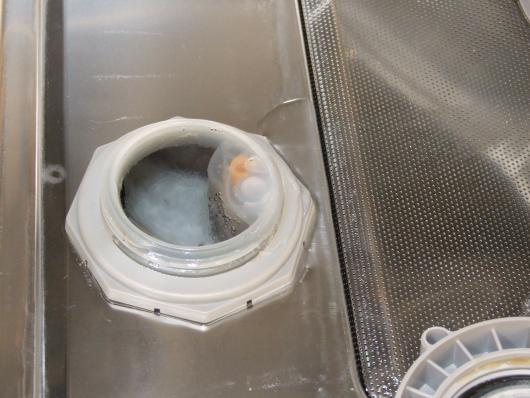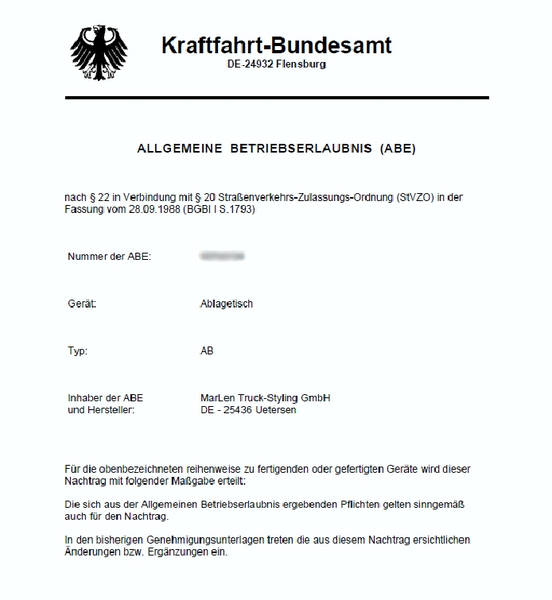“STOOOOOOPPPPPPPPPPPP!!!!” I yelled. We were in our temporary apartment in Germany, I was in the shower, and someone had decided to wash dishes. Oh. My. God. My skin was suddenly peeling off thanks to alternate bursts of freezing cold and boiling hot water.
The German conciousness includes the perjorative term “Warmduscher” – literally a person who likes hot showers, or moreso, a person who eschews cold ones. Basically, a person who likes comfort. After all, who could possibly want to be comfortable? That would be inefficient and self-centered, right? I don’t mind being uncomfortable, sleeping outdoors is fun, and come on, I ride motorcycles until the roads ice up. The elements are not foreign to me. But that abrupt switch from nicely hot water to cold (or worse, even hotter) in the shower? How about NO.
The demand for energy efficiency, combined with a lack of caring about whether a shower is a nice place to be or not led to the demise of the (apparently) horribly inefficient hot water tank in Germany. Enter the Durchlauferhitzer – an extremely efficient version of the basic in-line on-demand water heater. It is a horrible little 5 to 20l electronic confection that claims to deliver hot water exactly where and when you need it. It does, with one caveat – it’s pressure drop actuated – so FSM help you if there is more than one fixture connected to it. Unlike on-demand units in the US that regulate the outlet water temperature and pressure to maintain some semblance of control at the faucet, the German variety of the unit is either on, or, off. And because it’s pressure drop actuated, getting any control at the mixing valve is a delicate ballet of pressure balancing. Wait. They don’t have pressure balancing mixer valves over here, either.

We moved into the house eventually, and my hopes for Fernwärme (city steam) were dashed. Three of the miserable little devices were installed instead of a single hot water tank or simple valve in the basement. The device in the kitchen was the most damned of all of them – a 5l unit that delivered what amounted to either cold water or steam. In steam mode, one had about five minutes of dish washing and rinsing time before the it was back to cold water. Fifteen minutes later, the steam was back on. No amount of twiddling with the dial produced any temperature other than scalding or cold. So much for adjustability. It looked adjustable. I guess that was good enough.
The unit on the upper floor was equally useless. It had two settings, both of which were at the mercy of the incoming water temperature. Eventually, we gave up on it and allowed the boys to shower on the first floor, where the installed 20l unit had not only a temperature dial to set, but a selector to choose how many of the three heating elements one wished to use! We monitored the seasons and the weather in the nearby mountains in an attempt to predict how to adjust the dials to achieve that elusive hot-but-not-scalding water. This unit was so sensitive to pressure drop changes that we did not do anything with household water when a shower was underway. Eventually, we found it best to use it as the thermal control for the shower and just run the shower valve straight hot, avoiding most pressure drop issues.
One thing we found with each of the horrible little misery machines was that they leak water out of the outlet side when heating. Not a problem when you are running water, but when not, there is a constant drip. Because the water is hard as a rock, you get constant calcium buildup. I’d post a picture, but honestly, who wants to see that? The time spent soaking various parts of faucets and other water-use devices in vinegar and other forms of chemistry became measurable as time in the house dragged on. The chiseling of hard water deposits out of the toilets was a special task reserved for the boys.
The one place that we did not have to worry about calcium buildup was the dishwasher. German dishwashers include a built-in water softener. You pull out the racks and add salt to a container in the base of the tub. I was shocked by this. I refused to believe it was required. Then, I had to clean the filters. OK, where’s that salt? Of course, the lack of a soft food disposer didn’t make that job any easier. Over here, you do have to wash the stupid dishes before you put them in. Mind-boggling. I did not expect the stupid dishwasher to be a Warmduscher. I expected it to wash my dishes without needing help.

Ironically, one cannot turn off the heated dry cycle on most German dishwashers. Who was that carrying on about energy savings?
I won’t miss the water in Germany with all of its issues at all. I will go home to my 50 gallon gas-fired hot water tank full of nice, naturally soft Great Lakes water. I will stuff my dishwasher with dirty plates, turn it on, and use the time I’ve saved by not washing them first to take a long and just-perfectly-hot shower without worrying about temperature fluctuations. I will be a Warmduscher in the literal sense. And it will be glorious.






